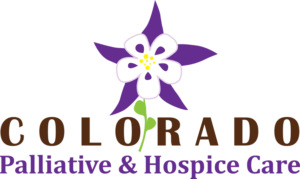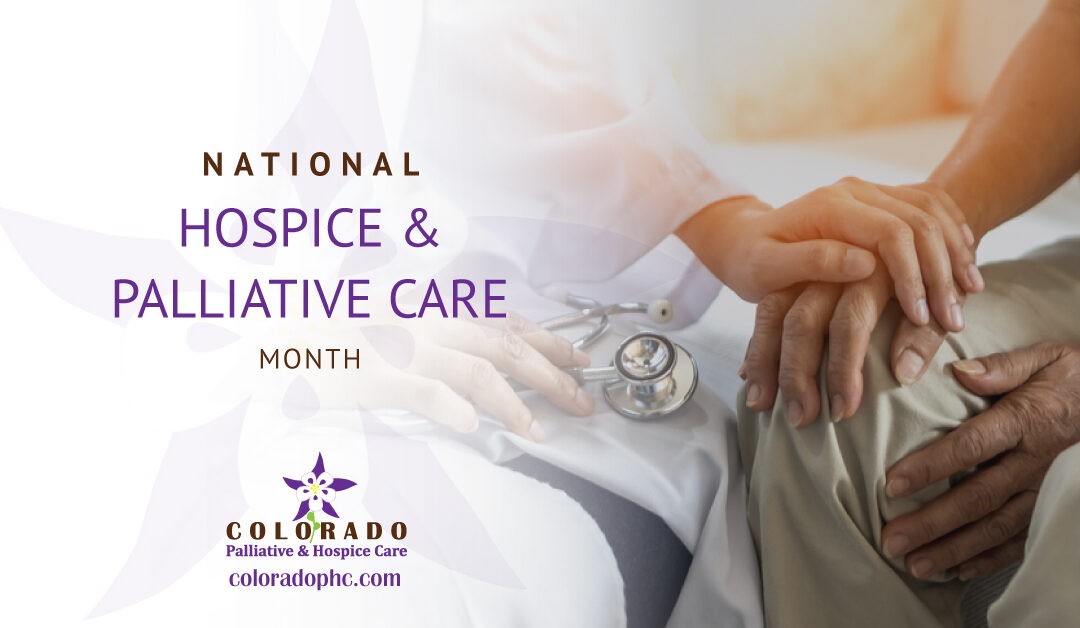November is National Hospice & Palliative Care Month and we want to take this opportunity to recognize the incredible impact that palliative and hospice care providers have in our communities. They provide comfort and support to those who need it most, including the terminally ill and their families. They also help to minimize the impact of pain and other symptoms on patients’ quality of life.
This month allows us to take a moment and appreciate how important it is for us to support those who make sure our loved ones can spend their final days with dignity and comfort. In particular, it’s an opportunity to reflect on the fact that these providers are often underfunded and under-recognized for their critical role in patient care. The truth is, without them, many patients would not be able to receive the quality of life that they deserve.
Every year, according to the National Hospice and Palliative Care Organization, nearly 1.6 million people living with a life-limiting illness receive care from hospice and palliative care providers in this country. However, it’s also a reminder that there are still many people who need palliative care and hospice services, but aren’t receiving them.
What if we told you that hospice care isn’t just for the dying? What if we said there’s a growing need for palliative care in our communities?
We know many people don’t know what palliative and hospice care are, so we’re going to shed some light on what it means for patients and their families.
Hospice care is a model of care that focuses on providing comfort from the symptoms of a serious illness. It does not mean that you are dying; rather, you are living with an advanced illness for which there is no cure. Hospice aims to help you live as comfortably as possible for as long as possible.
Hospice also supports family caregivers caring for someone at home, nursing home, or assisted living facility. Hospice care teams may include doctors, nurses, social workers, chaplains, and other specialists who help patients live as fully as possible. Hospice care can also be provided in a person’s home or any other place where they feel comfortable. In hospice care, doctors focus on controlling pain and other symptoms, not curing the disease itself.
Hospice emphasizes comfort-focused medical care rather than curative therapies: medical treatments to prolong life or cure disease. For example, hospice may include medications to control symptoms such as pain or nausea; therapies like massage or music therapy to improve quality of life; special equipment such as wheelchairs; social services like counseling; spiritual services such as prayer and bereavement support after death; and more.
Palliative care is focused on relieving symptoms like pain, nausea, vomiting, shortness of breath, loss of appetite, or fatigue. It also includes other services like emotional support and spiritual counseling. Patients may receive home visits from nurses, social workers, and medical professionals specializing in chronic illnesses such as diabetes or heart disease. Palliative care teams may include doctors, nurses, social workers, chaplains, and other specialists who help patients live as fully as possible while addressing their pain and other symptoms. Palliative care may also be provided in a person’s home, or anywhere they feel comfortable.
Hospice care is vital in our community because it helps people live their lives as fully as possible given any number of situations: terminal illness, chronic illness, pain management, or just having someone around to check on them every once in a while. Palliative care gives people peace of mind: knowing their needs will be met when they can no longer meet their own—even if those needs change from one day to the next (or from hour to hour).
As we gear up for National Hospice & Palliative Care Month, here are some ways you can get involved:
- Volunteer at your local hospice center
- Host a fundraising event or bake sale
- Start a change jar in your office or home
- Donate to your favorite hospice organization
We are grateful for the compassionate people who provide these services and recognize all they do for our community. Thank you!

